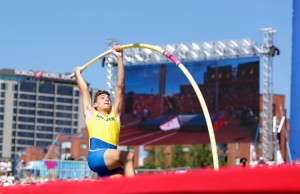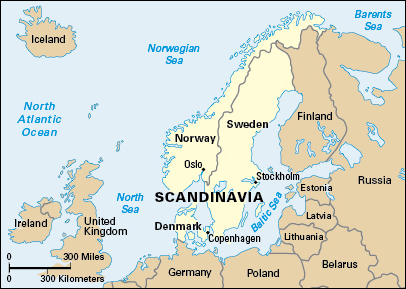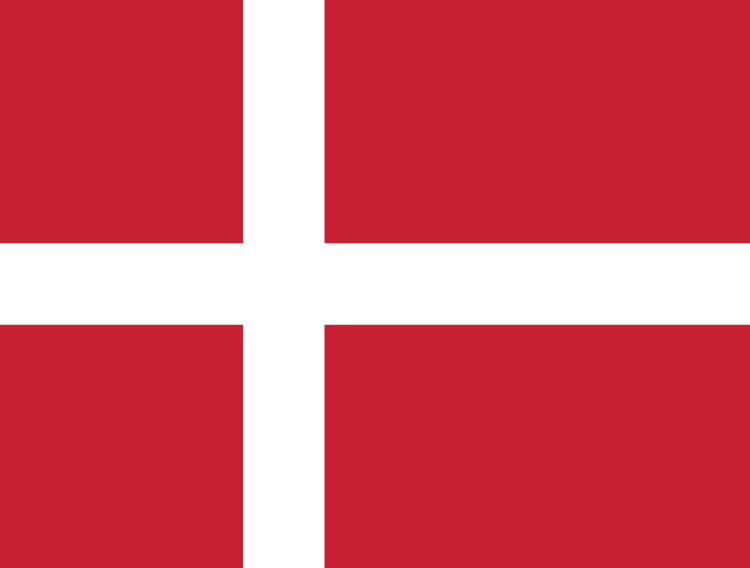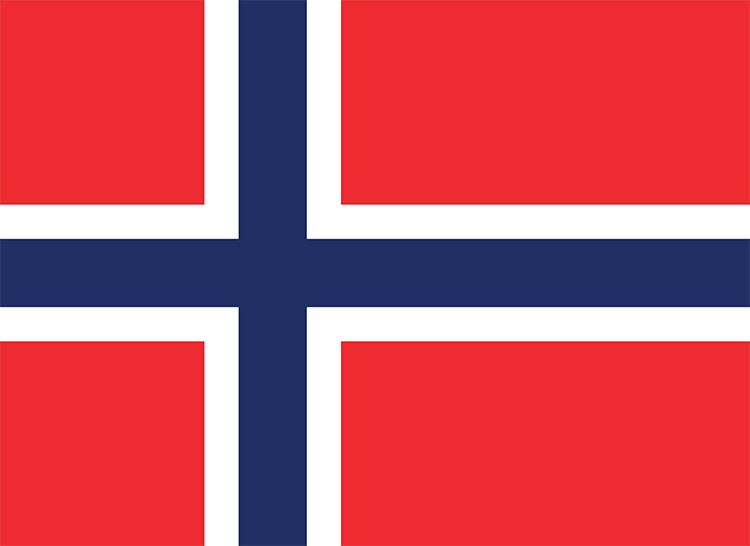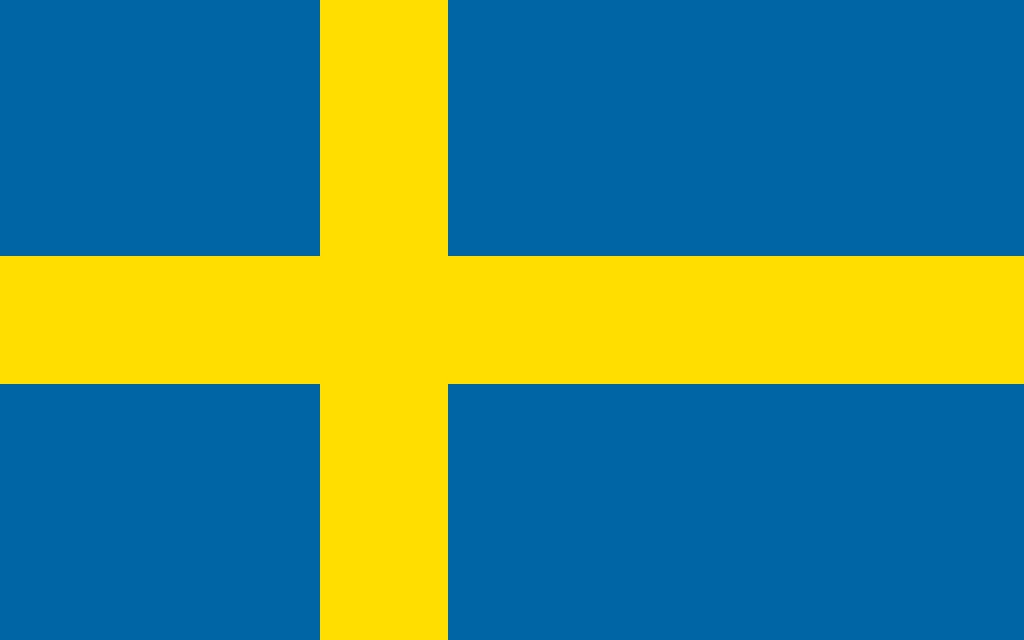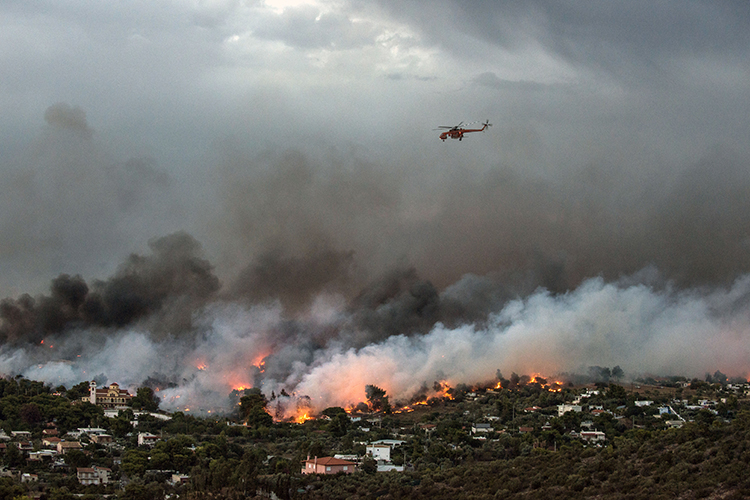Shiffrin Shines in Slovenia
Thursday, March 16th, 2023

Mikaela Shiffrin is a champion American alpine skier. Shiffrin won the slalom gold medal at the 2014 Winter Olympic Games, making her the youngest slalom champion in Olympic history. In 2018, she won the giant slalom gold medal at the Winter Olympic Games in Pyeongchang, South Korea. She has also won the slalom world championship several times.
Credit: © Stefan Holm, Shutterstock
March is Women’s History Month, an annual observance of women’s achievements and contributions to society. This month, Behind the Headlines will feature woman pioneers in a variety of areas.
On Saturday, March 11, 2023, American Alpine skier Mikaela Shiffrin won her 87th World Cup race in Slovenia. Shiffrin broke Swedish skier Ingemar Stenmark’s record for most career World Cup victories. Her record-breaking victory occurred 12 years after her first World Cup win at 15. She completed the course hundredths of a second faster than her opponents, securing her place as one of the greatest skiers of all time.
Shiffrin was born on March 13, 1995, in Vail, Colorado. She began skiing at the age of 3. Her family moved to New Hampshire when she was 8. Shiffrin graduated in 2013 from Burke Mountain Academy in Vermont, a high school for young skiers. In 2011, she made her World Cup debut at the age of 15, winning the bronze medal at Lienz, Austria. Later that year, at the age of 16, she won the slalom title at the United States National Championships in Winter Park, Colorado. She thus became the youngest skier to win that event. Slalom skiing involves racing down a winding course with flags. In 2012, she won her first World Cup race and was named World Cup Rookie of the Year.
Shiffrin won the slalom gold medal at the 2014 Winter Olympic Games in Sochi, Russia, making her the youngest slalom champion in Olympic history. In 2018, she won the giant slalom gold medal and the combined silver medal at the Winter Olympic Games in Pyeongchang, South Korea. She also won the slalom World Championship in 2013, 2015, 2017, and 2019; the super G World Championship in 2019; the combined World Championship in 2021; and the giant slalom World Championship in 2023. Shiffrin has won more world championship titles (7) than any other American skier.
The slalom, giant slalom, and super G are three of the skiing races that make up the Alpine World Cup. The cup is awarded annually to the men and women who have won the most points in a series of five races—the slalom, giant slalom, downhill, super G, and combined. Shiffrin initially concentrated on the slalom and giant slalom. She won the World Cup slalom title in 2013, 2014, 2015, 2017, 2018, 2019, and 2023. In 2019 and 2023, she also won the World Cup giant slalom title. In 2016, she began competing in the other three World Cup events. Shiffrin won the World Cup super G title in 2019. She won the overall World Cup title in 2017, 2018, 2019, 2022, and 2023 for earning the most combined points in all the events. In 2022, Shiffrin won her 47th World Cup slalom race, setting the record for most career World Cup victories in a single event.

